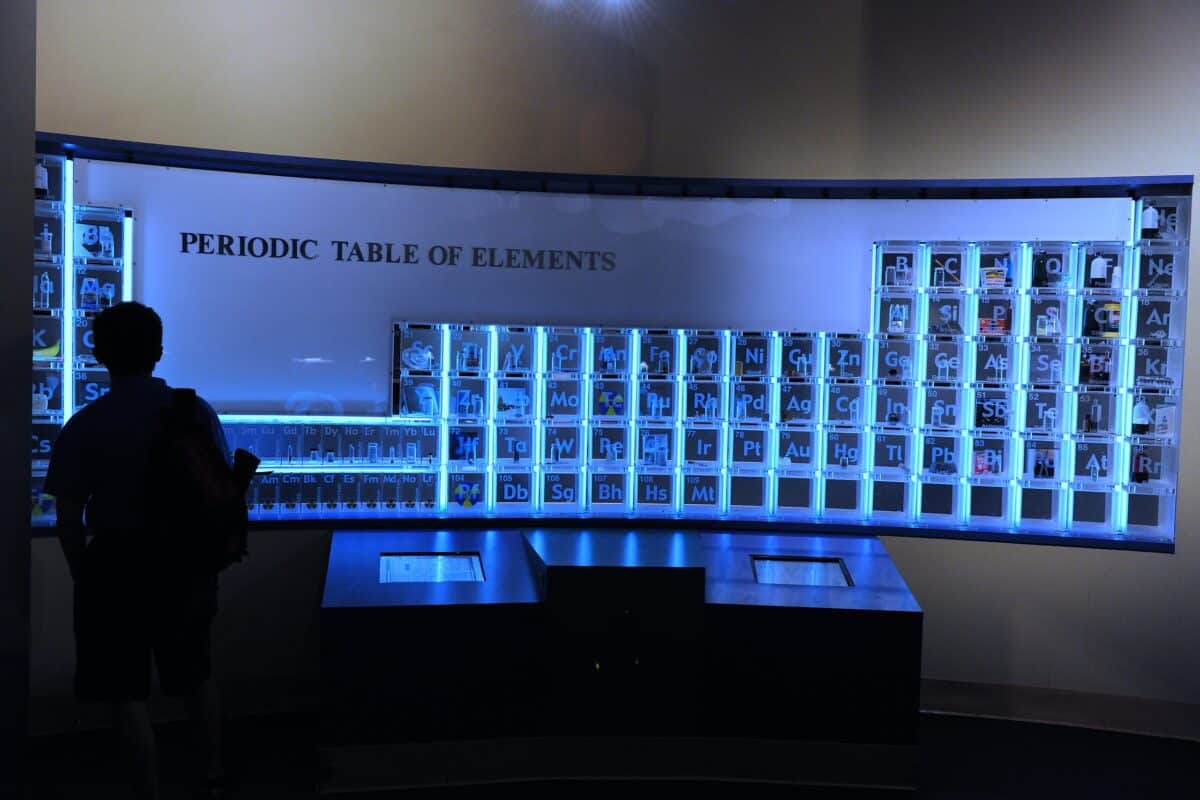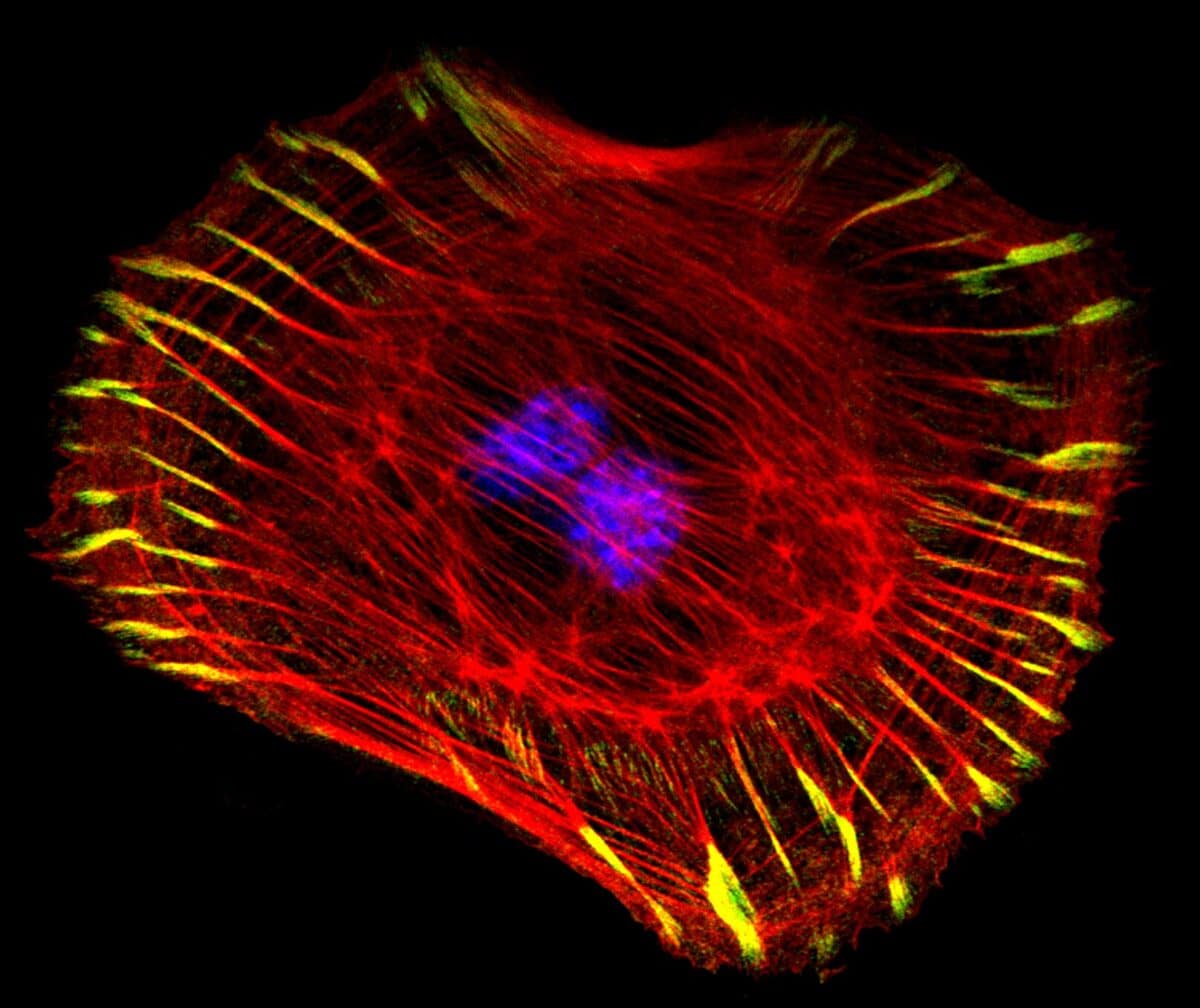
Dr. Jonathan McLatchie holds a Bachelor's degree in Forensic Biology from the University of Strathclyde, a Masters (M.Res) degree in Evolutionary Biology from the University of Glasgow, a second Master's degree in Medical and Molecular Bioscience from Newcastle University, and a PhD in Evolutionary Biology from Newcastle University. Previously, Jonathan was an assistant professor of biology at Sattler College in Boston, Massachusetts. Jonathan has been interviewed on podcasts and radio shows including "Unbelievable?" on Premier Christian Radio, and many others. Jonathan has spoken internationally in Europe, North America, South Africa and Asia promoting the evidence of design in nature.
Archives


ORFanID: An Online Search Engine for Identifying Orfan Genes
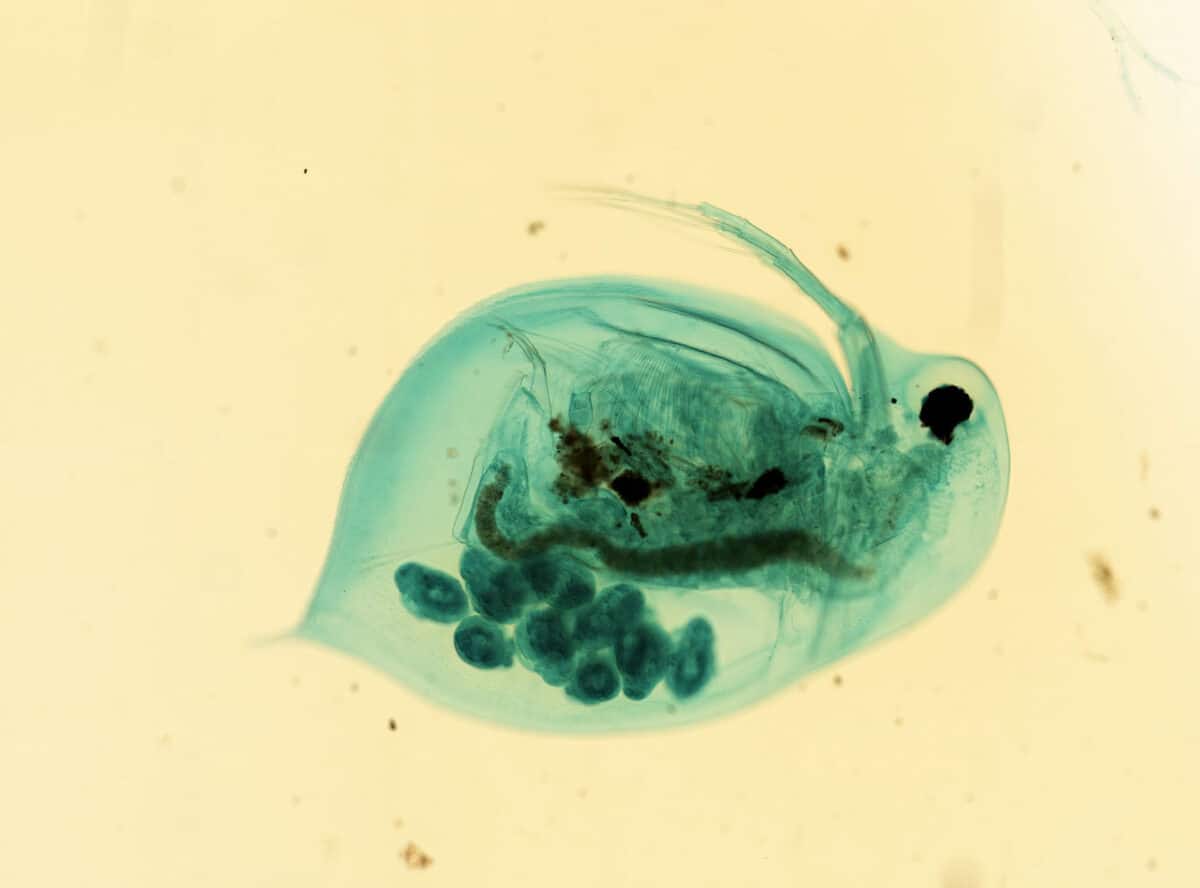
Is Daphnia Evolving at “Lightning Speed”?
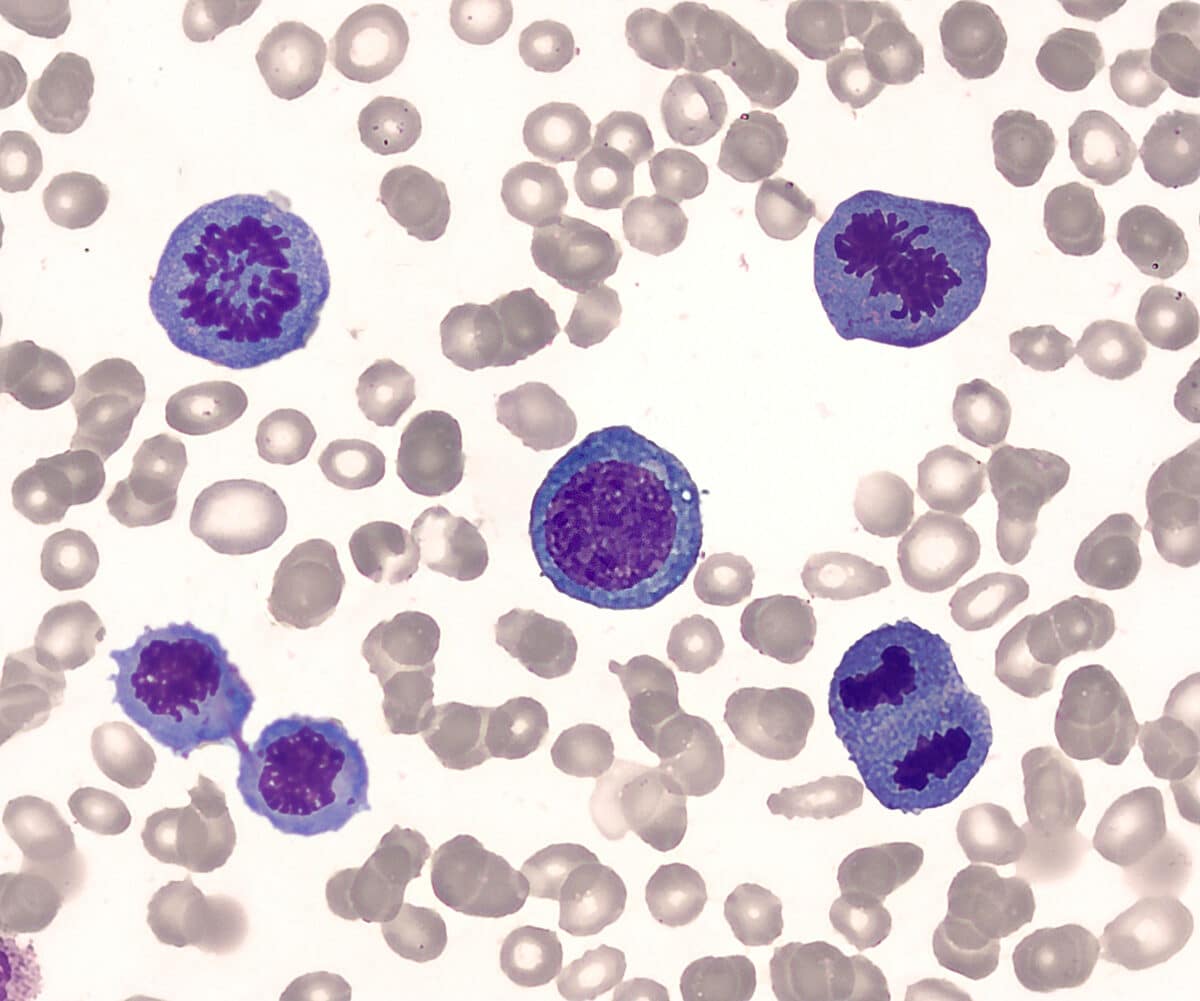
New Paper Challenges Evolutionary Account of the Eukaryotic Cell Cycle

How the Origin of Our Digits Points to Process of Foresight
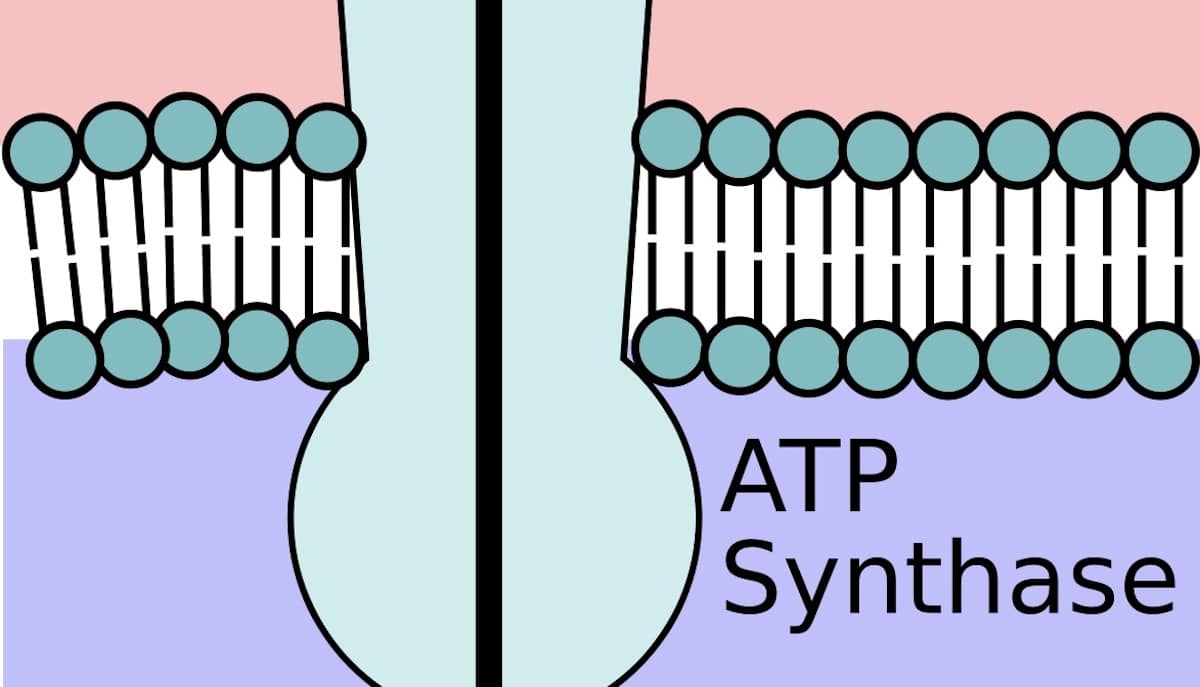
Appreciating the Molecular Detail of ATP Synthase
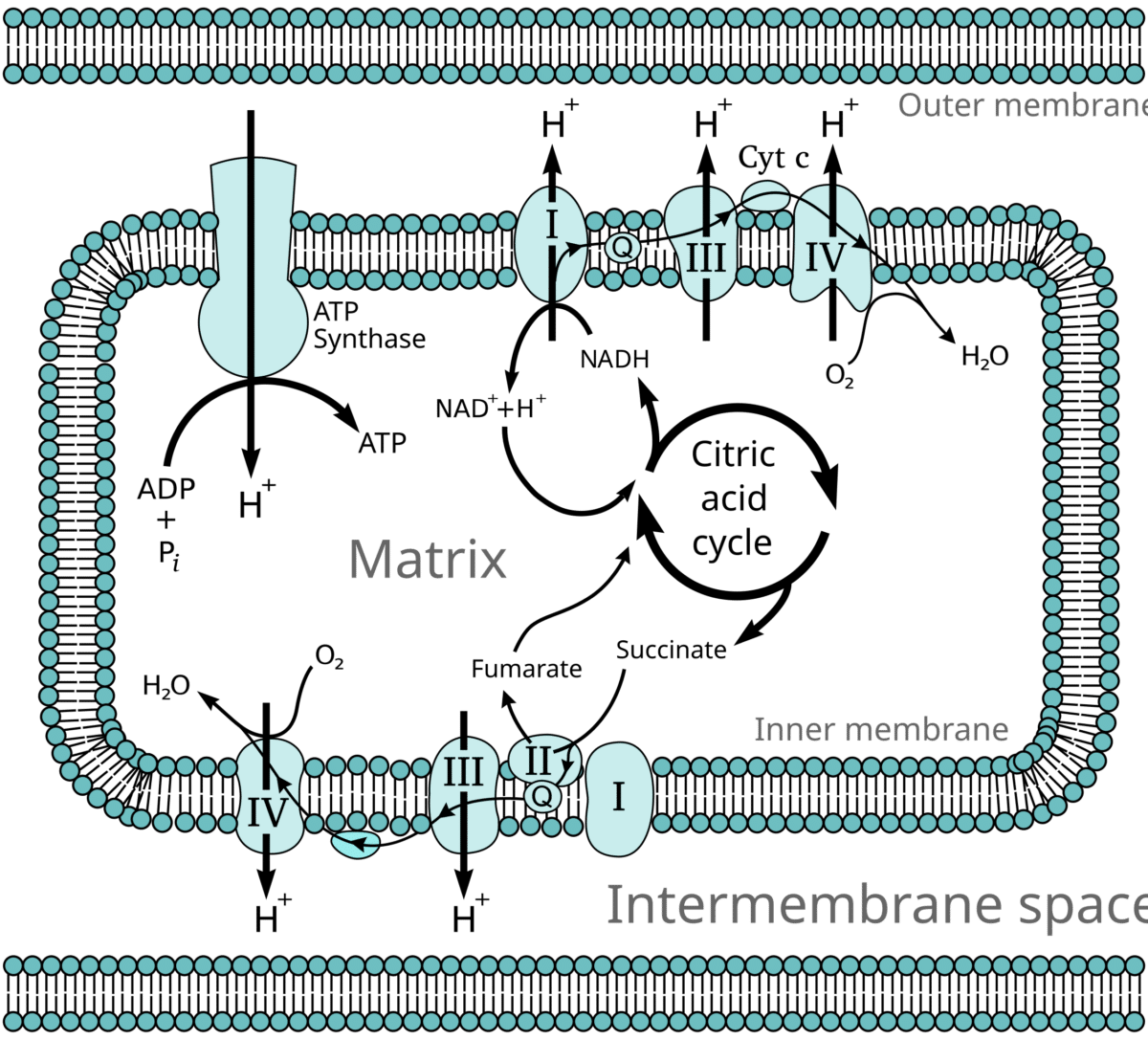
Watch: Animation Reveals the Intricacies of the Electron Transport Chain
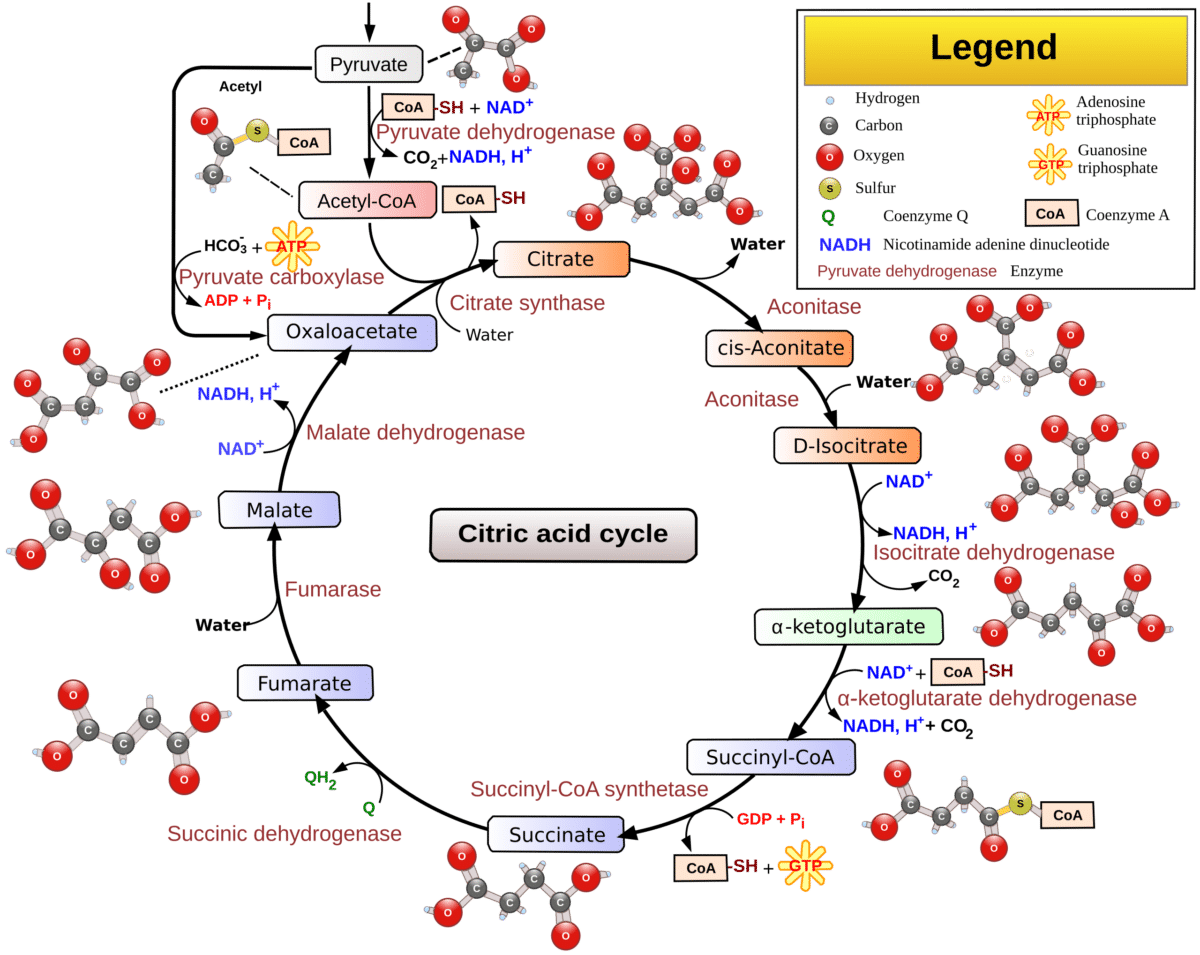
The Incredible Krebs Cycle

Sunlight And Water: Uniquely Fit to Sustain Life

The Life-Friendly Properties of Carbon And Other Non-Metal Atoms
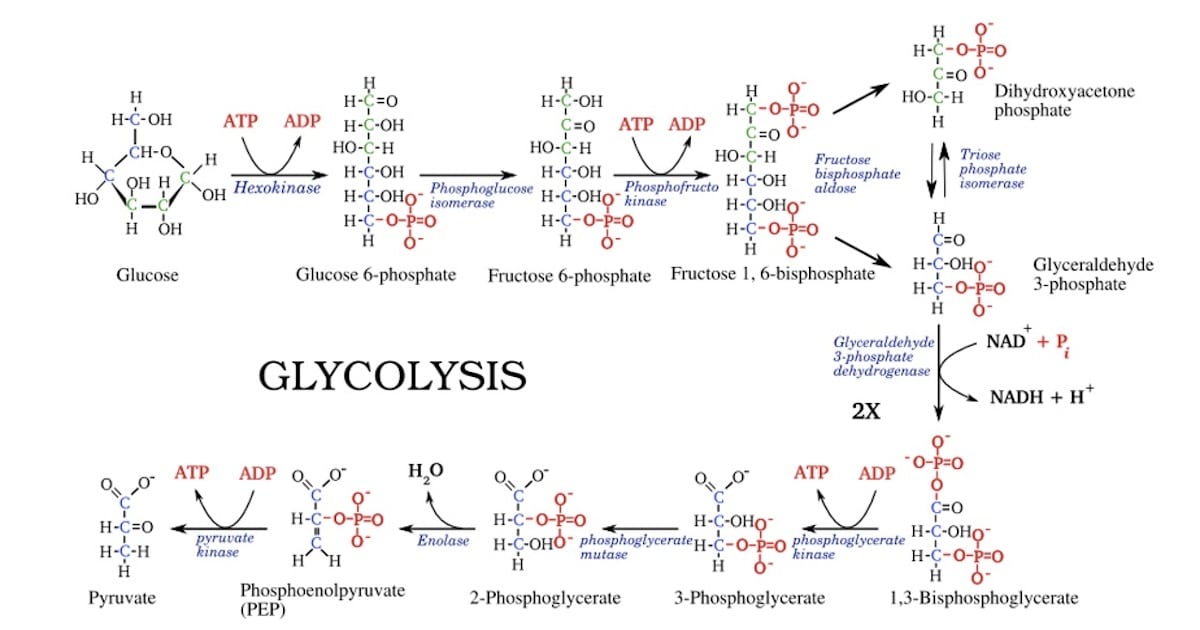
Challenges to the Evolutionary Origins of the Glycolytic Pathway

The Formation of Our Digits Points to a Process with Foresight
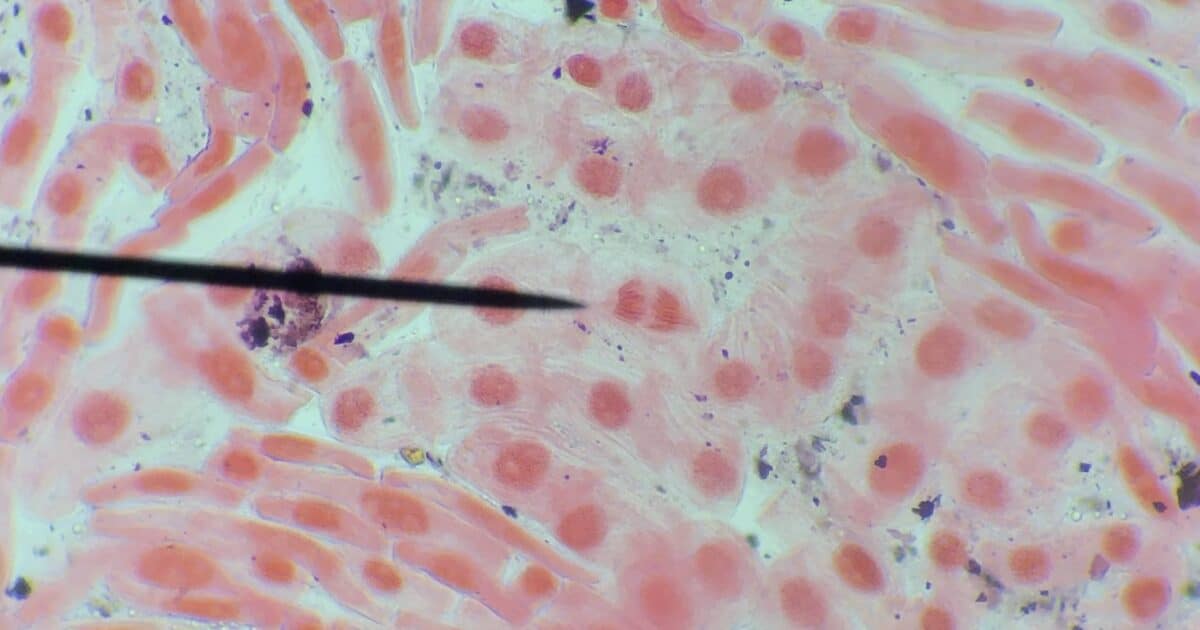
Engineered Elegance: Generating the Wait Anaphase Signal

The Elegant Spindle Assembly Checkpoint

The Properties of Water Point to Intelligent Design

The Wonder of Sunlight: Appreciating the Remarkable Coincidences that Make Life Possible
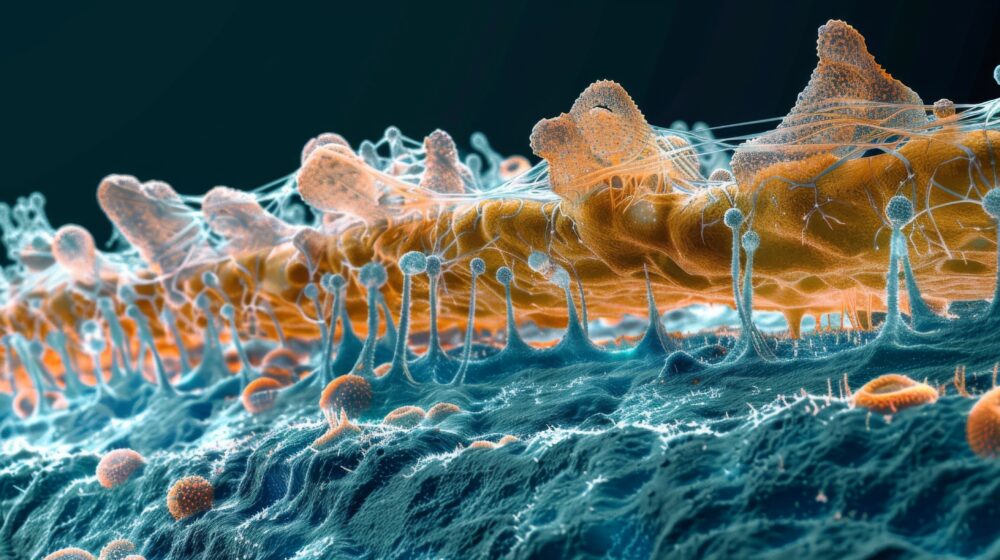
The Irreducible Complexity Found in Bacterial Cell Division

Design of the Elements Points to a Theistic Universe
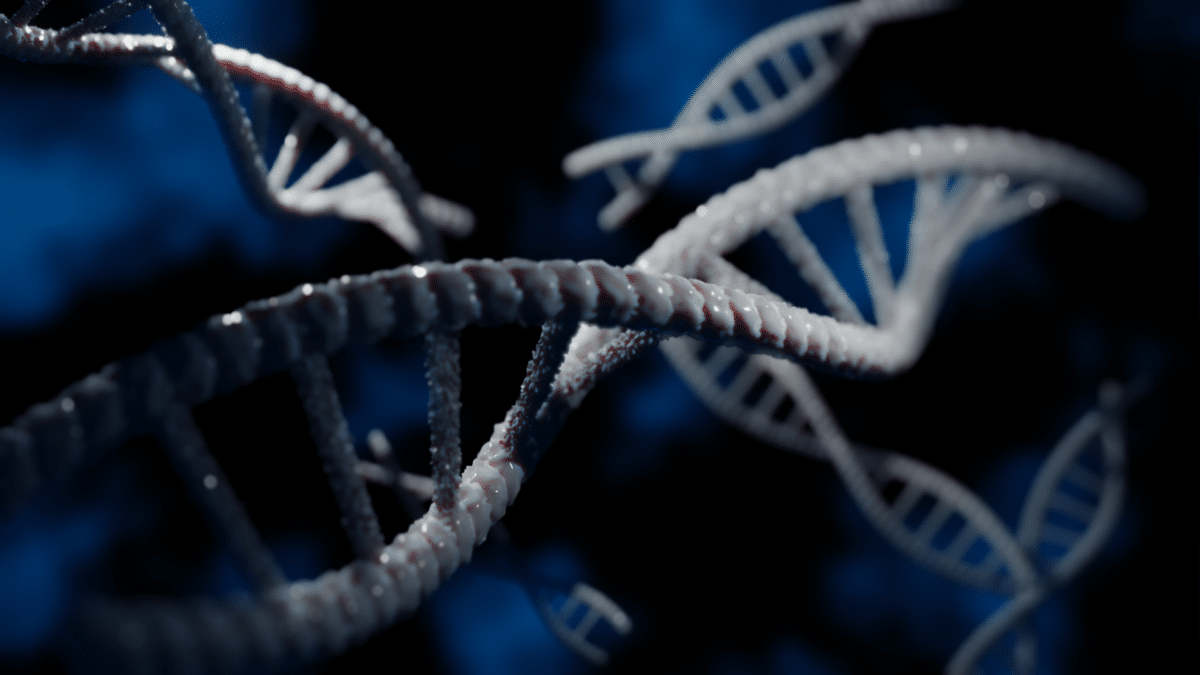
New Paper Argues that Variant Genetic Codes Are Best Explained by Common Design
